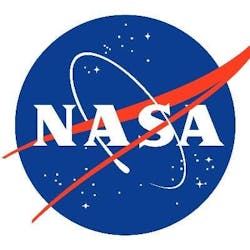NASA Sensors Spotting Unreported Wildfires
NASA scientists were recently able to alert emergency services in Castleberry to a 120-acre field fire after they spotted it on a large imaging spectrometer.
The sensor—AVIRIS-3—was flying on board a research plane three miles east of Castleberry on March 19, when it picked up the unnoticed fire, according to a report from Newsweek.
“A scientist on board analyzed the data and was able to map out where the blaze was burning most intensely—in this case, the northeastern edge—and the information was immediately sent to emergency workers on the ground who set off to contain the fire," the report reads.
NASA told the publication that the process—from detection to alerting firefighters—only took a few minutes due to Airborne satellite internet connectivity.
“Fire moves a lot faster than a bulldozer, so we have to try to get around it before it overtakes us,” Ethan Barrett, fire analyst for the Forest Protection Division of the Alabama Forestry Commission, told Newsweek.
“These maps show us the hot spots.”
“When I get out of the truck, I can say, ‘OK, here’s the perimeter,’” he continued.
“That puts me light-years ahead.”
AVIRIS-3 uses three types of maps: one showing burned areas and smoke, another looking for spots burning particularly hot, including perimeters of ongoing blazes, and another to identify the intensity of the burning, according to the NASA website.
Last month the AVIRIS team used the sensor to map at least 13 wildfires in real time, according to comments from Robert Green, the AVIRIS program’s principal investigator and senior research scientist at NASA’s Jet Propulsion Laboratory.
©2025 Advance Local Media LLC. Visit al.com. Distributed by Tribune Content Agency, LLC.
